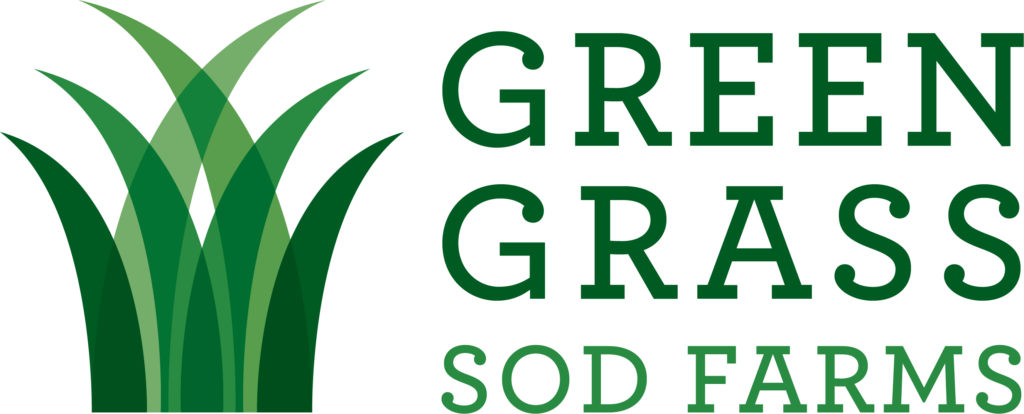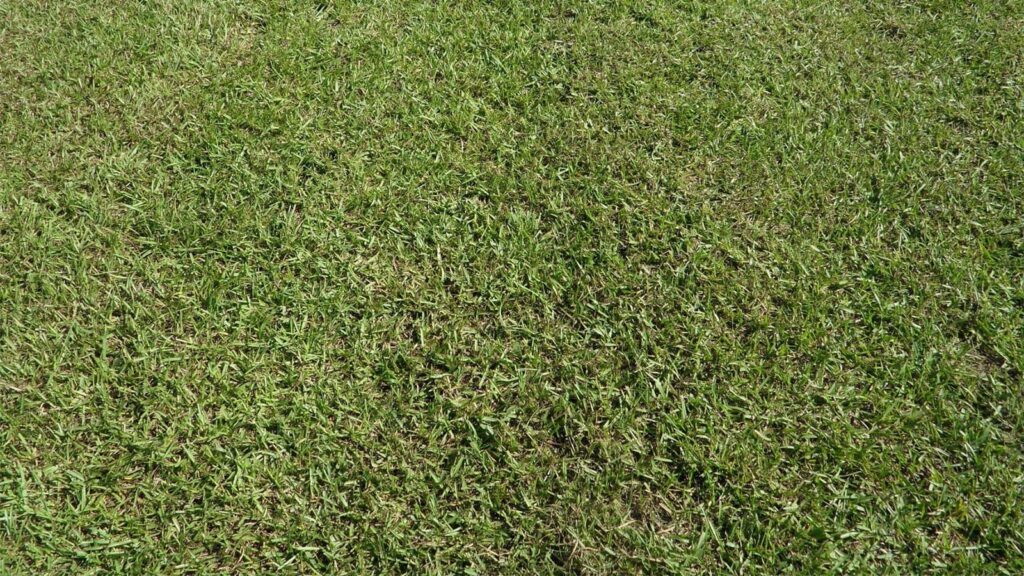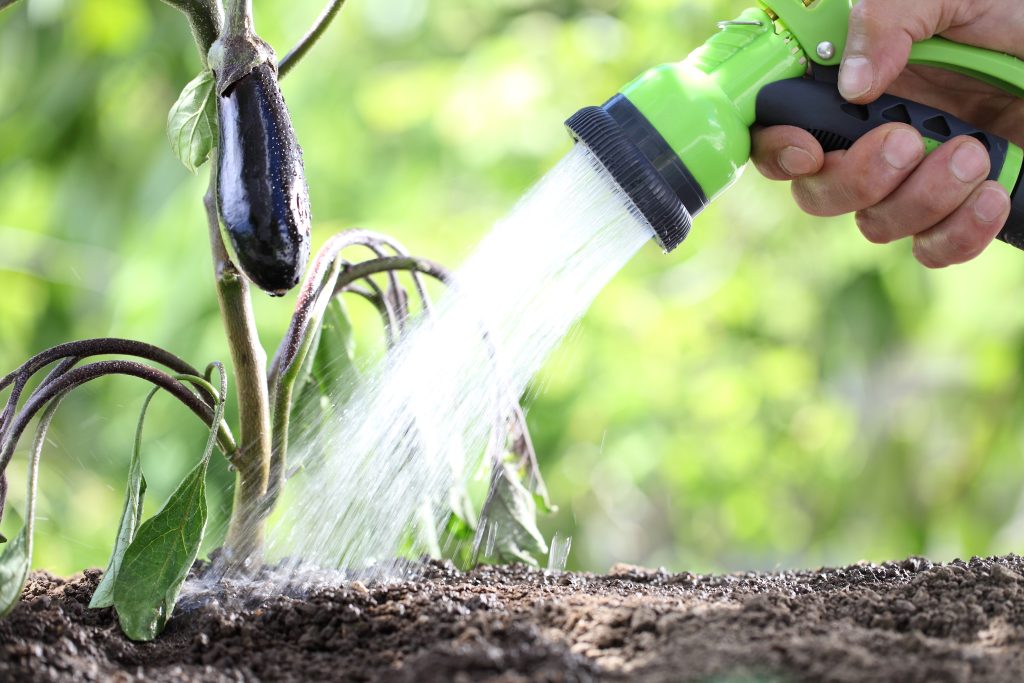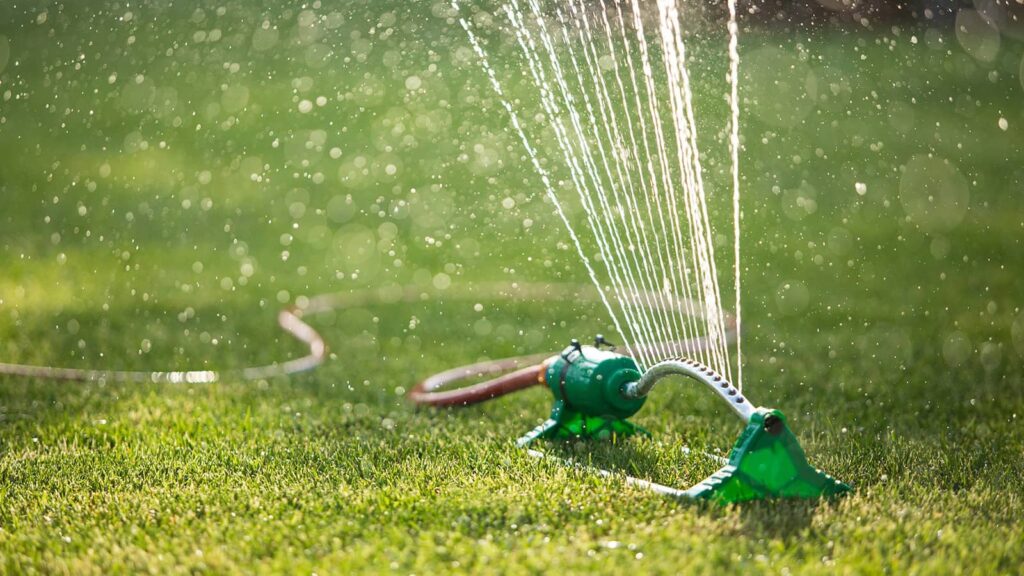During the warm summer months, maintaining a thriving, healthy centipede grass lawn requires care. Mowing your centipede lawn at its proper height, providing the right amount of water and choosing a suitable fertilizer to support your centipede grass during stressful conditions are all necessary for maintaining a centipede lawn during the summer months. Additionally, it’s essential to tackle weeds and pests appropriately.
1. Keep Up with Summer Mowing (and Reduce the Time Spent on This Chore)
Many homeowners dread summer lawn maintenance due to the heat and humidity, which make mowing especially unpleasant. Letting the grass grow too tall can make it even harder.
For Santee Centipede and common centipede grass, maintain a height of 1.5–2 inches, and consider a slightly higher 2–2.5 inches for shaded areas to avoid stress and browning. It’s crucial not to cut more than a third of the grass blade at once.
If you’re catching up on mowing after being away on vacation, do it gradually, allowing 3–5 days between sessions. For efficiency, explore tips on minimizing mowing time during the warmer months.
2. Make Sure Your Centipede Lawn is Hydrated…But Not Too Hydrated
The summer season brings significantly warmer temperatures and a longer amount of sunlight. This frequently tempts homeowners to water the lawn more often to ensure it’s hydrated. However, this is not always recommended, as waterlogged soils in warm climates are ideal environments for disease outbreaks.
Despite the hot temperatures during the summer, centipede grass should only need about one inch of water weekly, best accomplished with one or two waterings.
Water your lawn in the early mornings for longer periods of time, less frequently, and take any rainfall into consideration. Watering your lawn in the early morning decreases the dew period. As a result, this also decreases the amount of time the grass blades are wet, which is a helpful disease management practice.
3. Be Cautious with Weed Control
Applying herbicides in summer can harm turfgrass, especially when temperatures exceed 85 degrees Fahrenheit. It’s advisable to use post-emergent herbicides when it’s cooler and apply pre-emergent herbicides in both spring and fall to manage seasonal weeds. If temperatures are consistently below 85 degrees, applying post-emergent herbicides may be safe, but waiting until closer to fall is safer, as fluctuations above 85 degrees can still risk grass damage. Common summer weeds include knotweed, spurge, lespedeza, crabgrass, goosegrass, nutsedge, and sandspur.
4. Watch Out for Insect Infestations or Damage
Summer is peak season for lawn-damaging insects, including grub worms, mole crickets, spittlebugs, and others. Grub worm presence can be detected by increased activity from burrowing animals or by physically spotting them in the soil. Preventative insecticides, like Acelepryn, should be applied in June to combat grubs, coinciding with the egg-laying period of adult beetles such as the Japanese beetle.
Mole cricket damage is visible through soil and grass upheaval from their tunneling, along with brown, dying patches of grass. Spittlebugs, particularly fond of centipede grass, reveal their presence through jumping when disturbed and leave behind a white frothy substance known as “spittle” as a protective measure for their nymphs.
Sod webworms and other leaf-eating caterpillars, active from May to July, cause “skeletonizing” of grass blades, leaving behind only the veining structure by consuming the green parts of the blade. Various insect control products are available to treat these common summer lawn pests.





